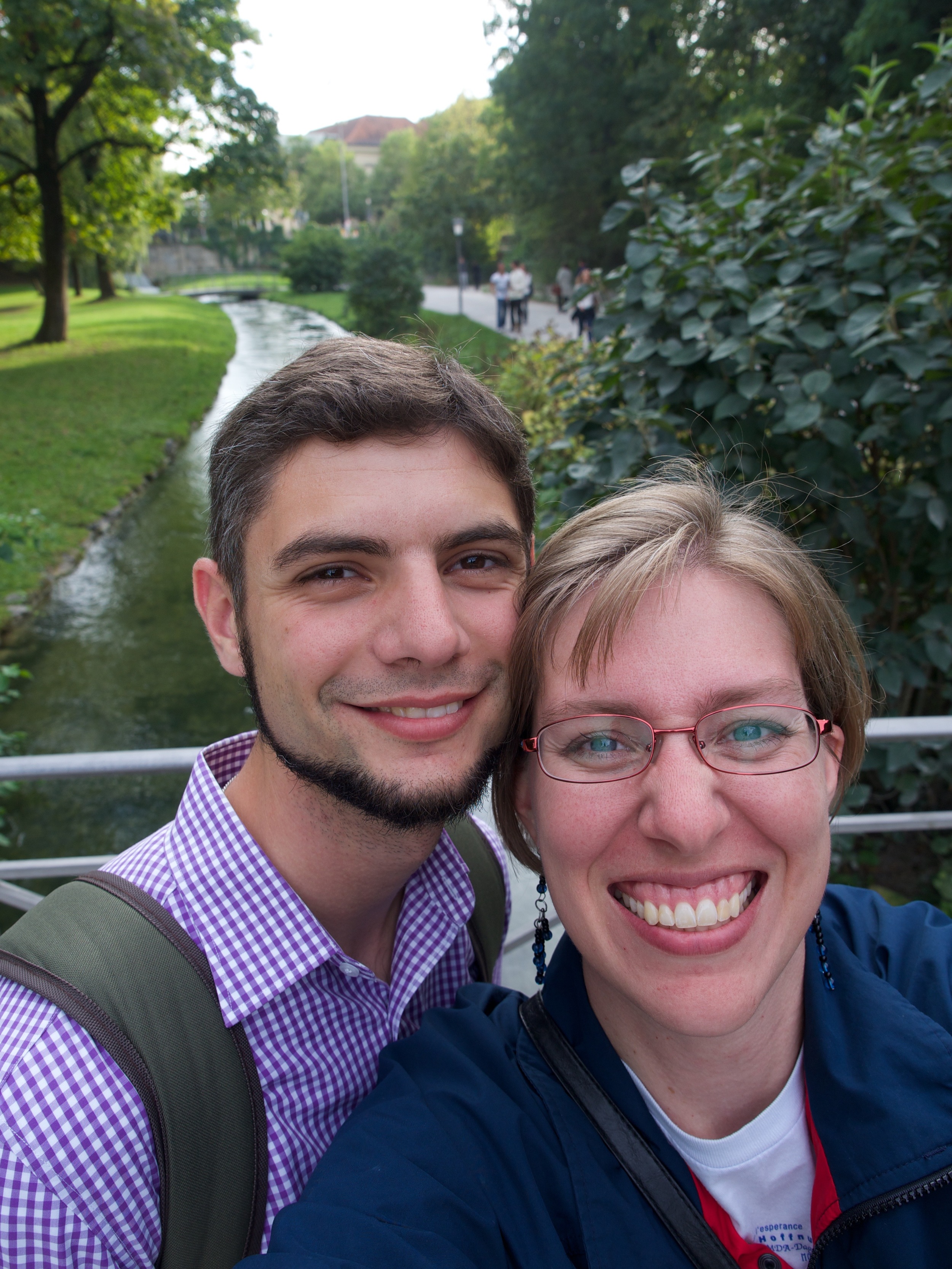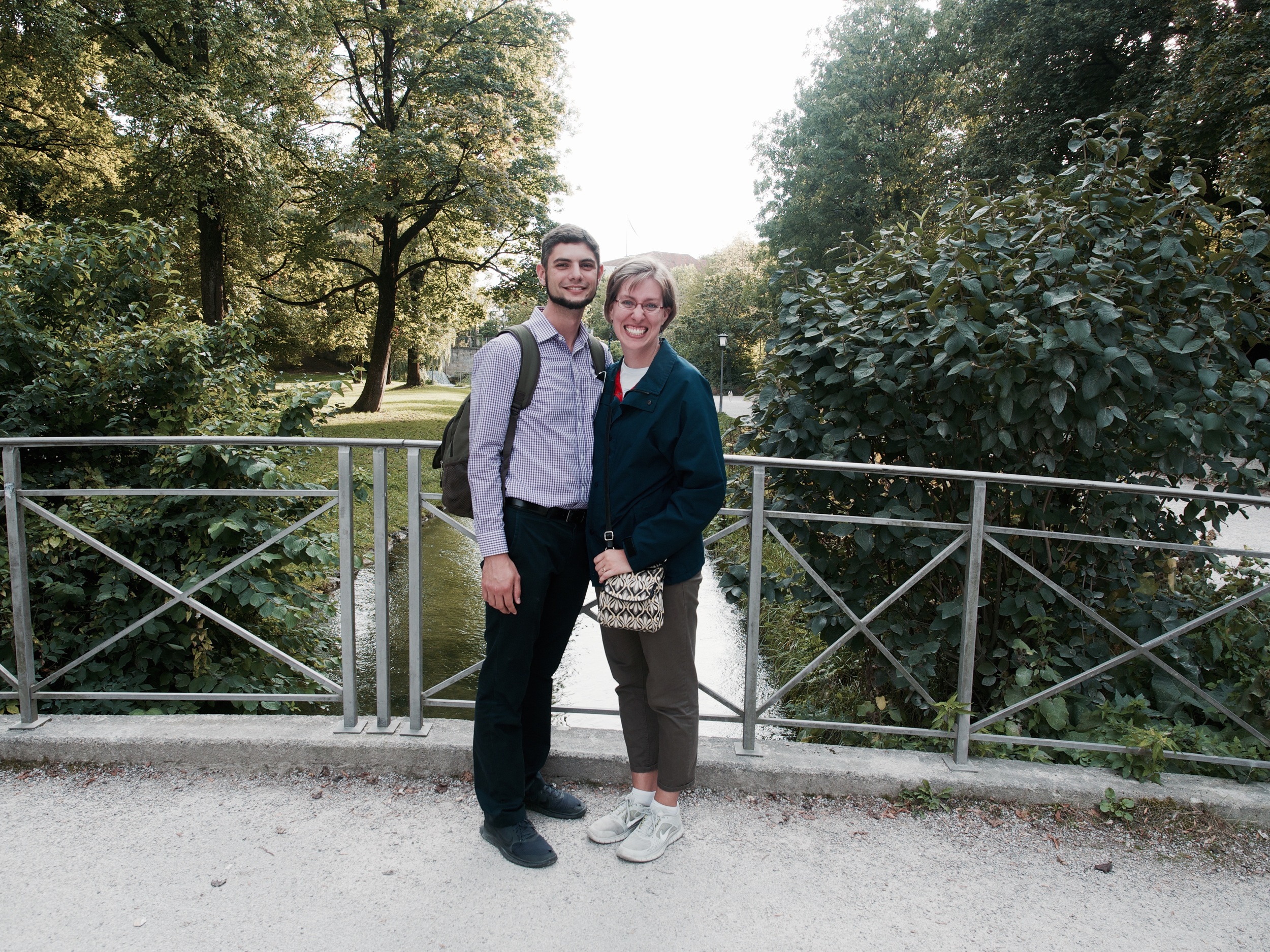Sights and smells of christmas
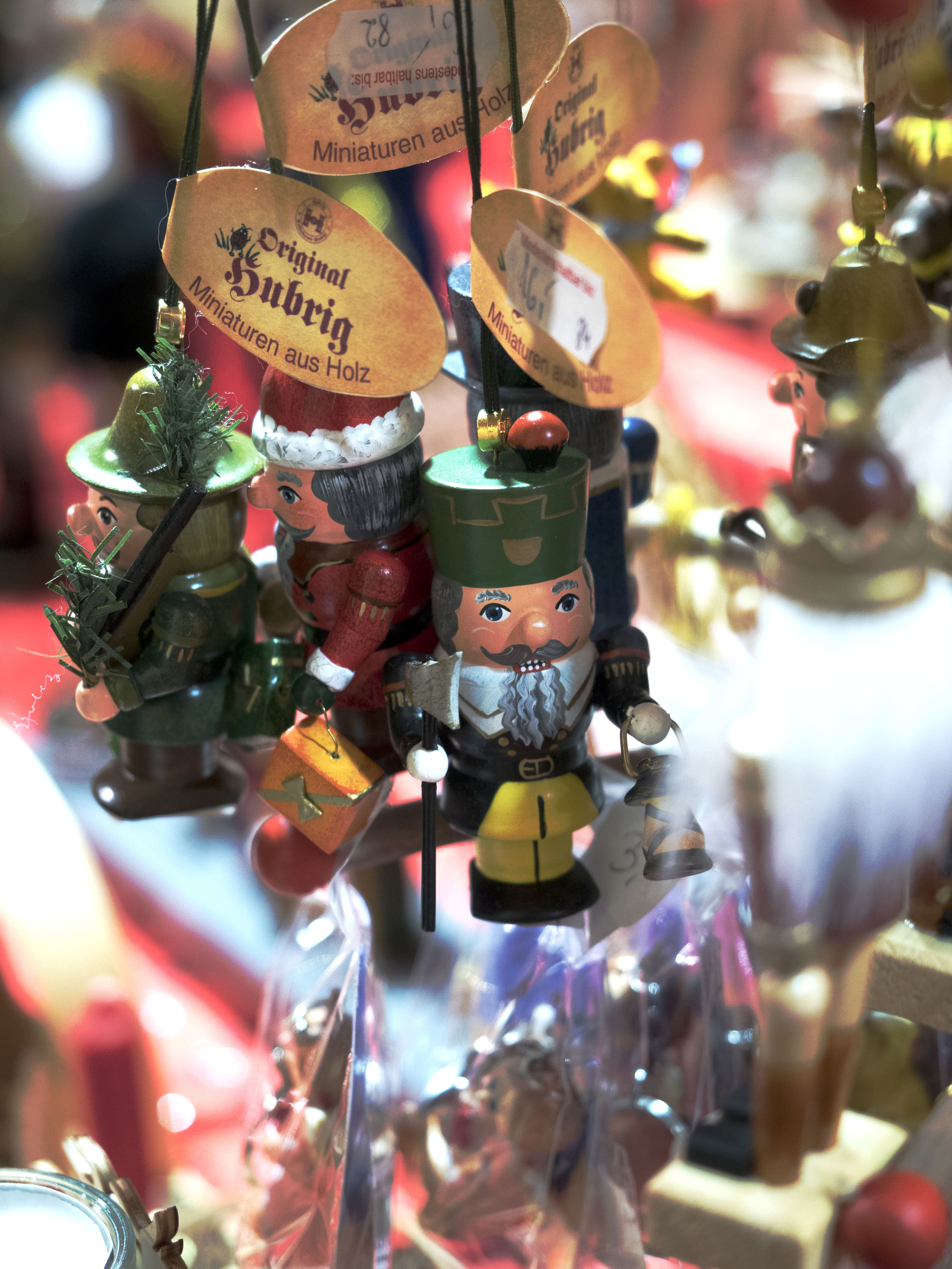
Starting off with a classic: the nutcrackers.
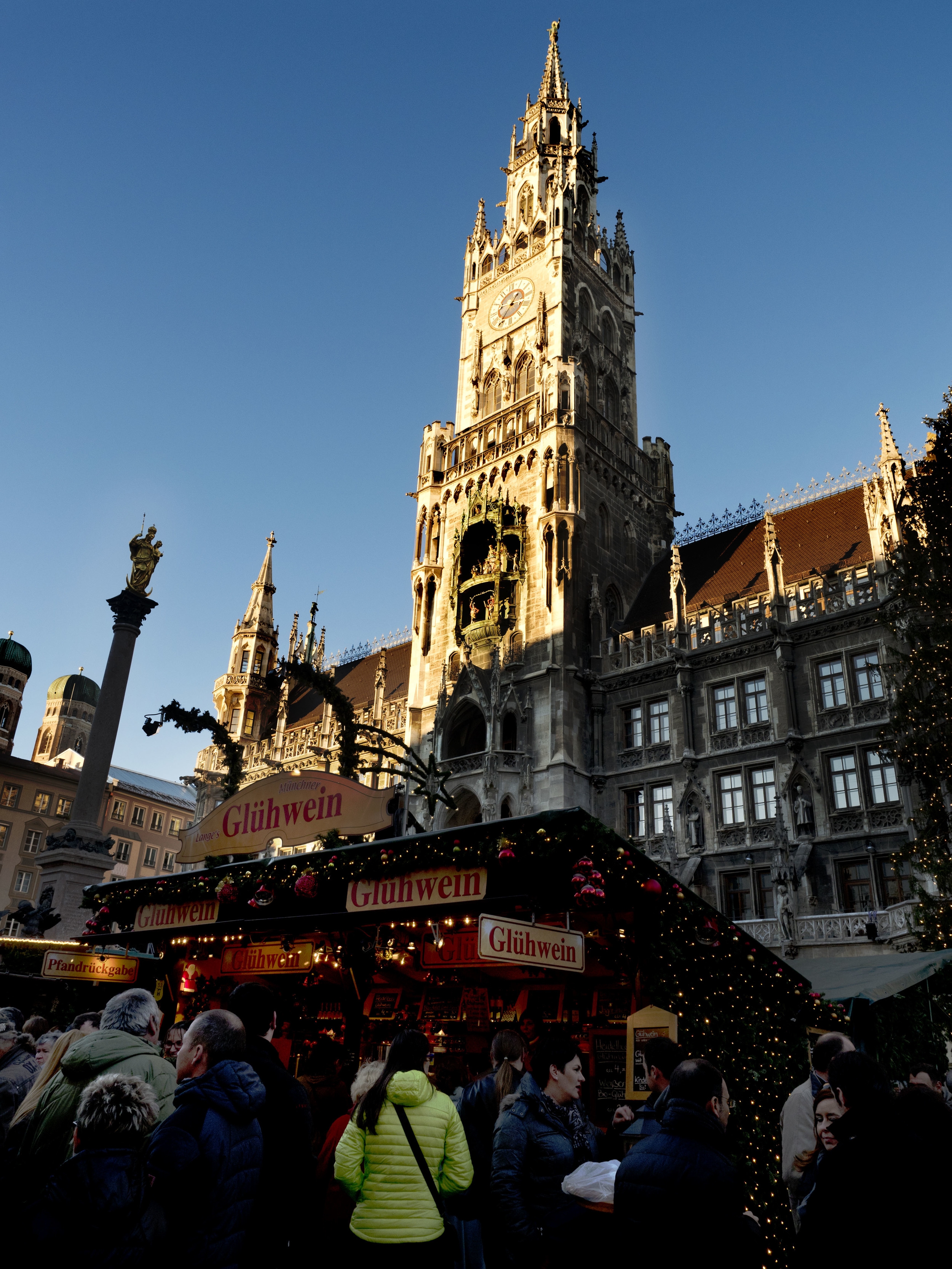
Pick your poison: here is a mulled wine (Glühwein)/hot chocolate stand in front of Munich's "New" Town Hall.
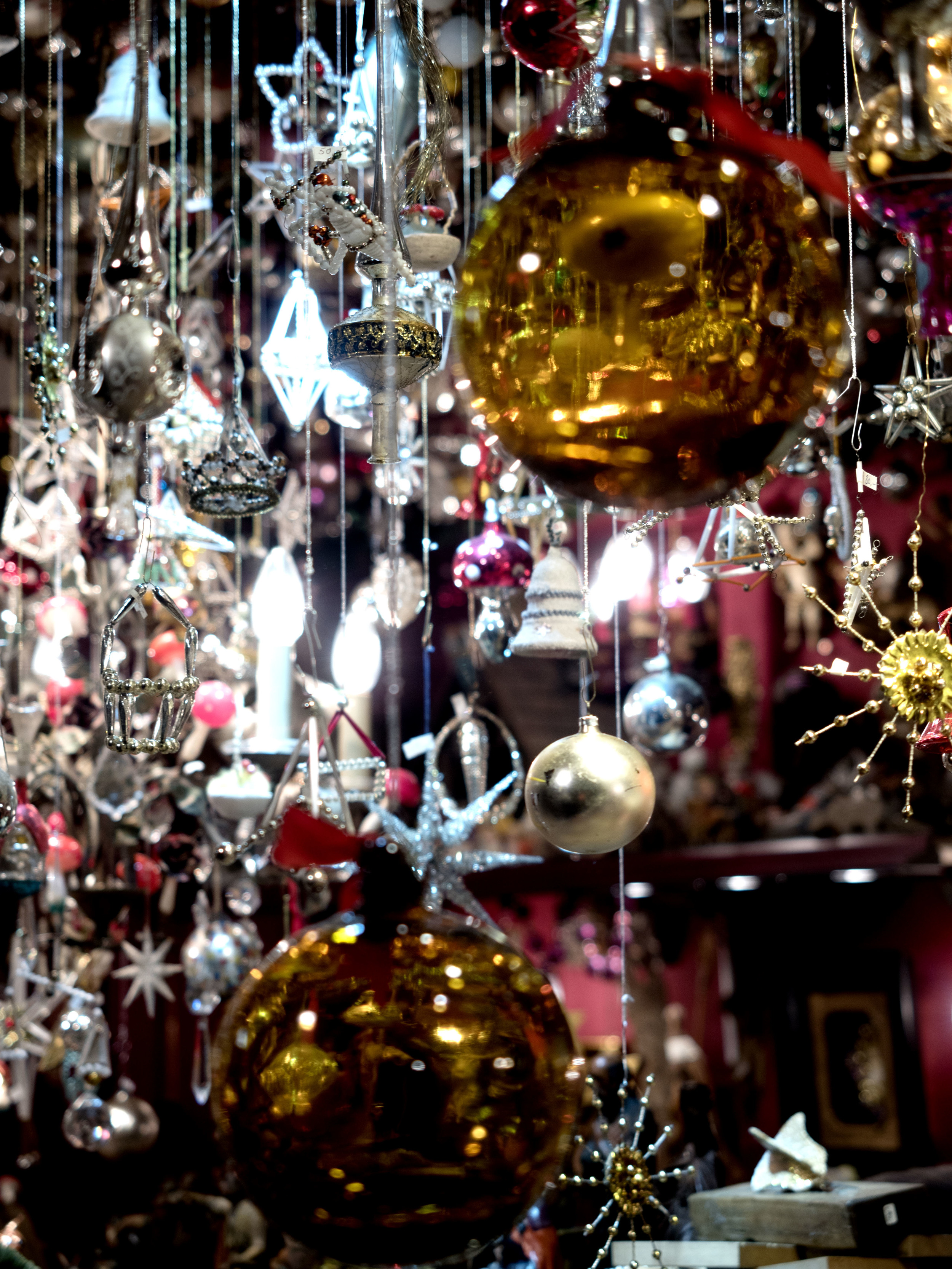
The colors of Christmas fill the stalls and overwhelm the senses.

This pub is not just good to look at -- apparently it serves the best chestnut stew in town.
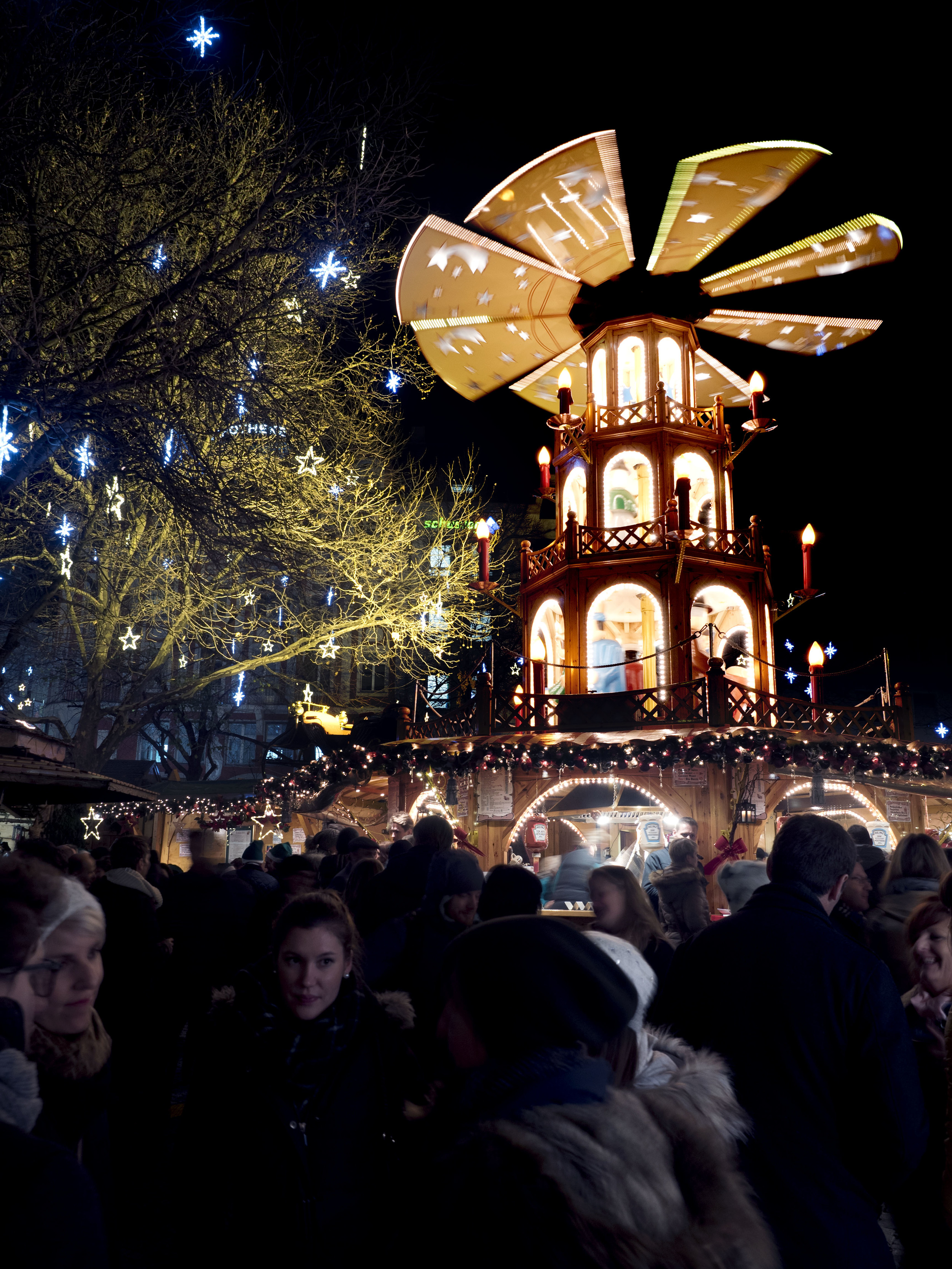
A German Christmas Pyramid. In the traditional version, the hot air rising from the candles hits the fan, which spins and moves the figures inside. This pyramid's figures are from the nativity story. Next year, we hope to get one of these for our own nativity collection. But maybe we should consider a smaller one.
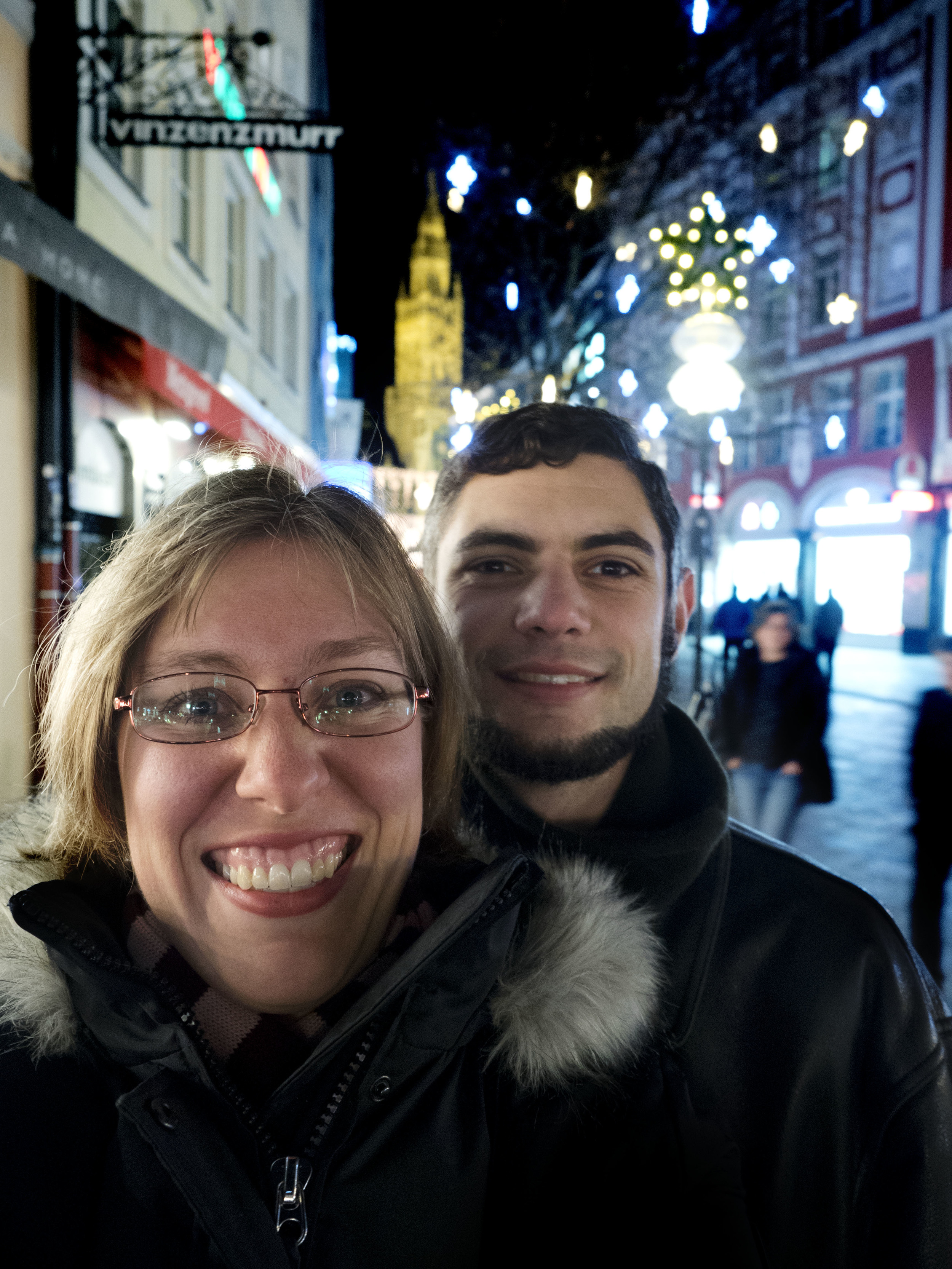
Couldn't resist a quick selfie.

Need some tools to put up your Christmas decorations? Just kidding, these are hand-crafted "manly" chocolates.
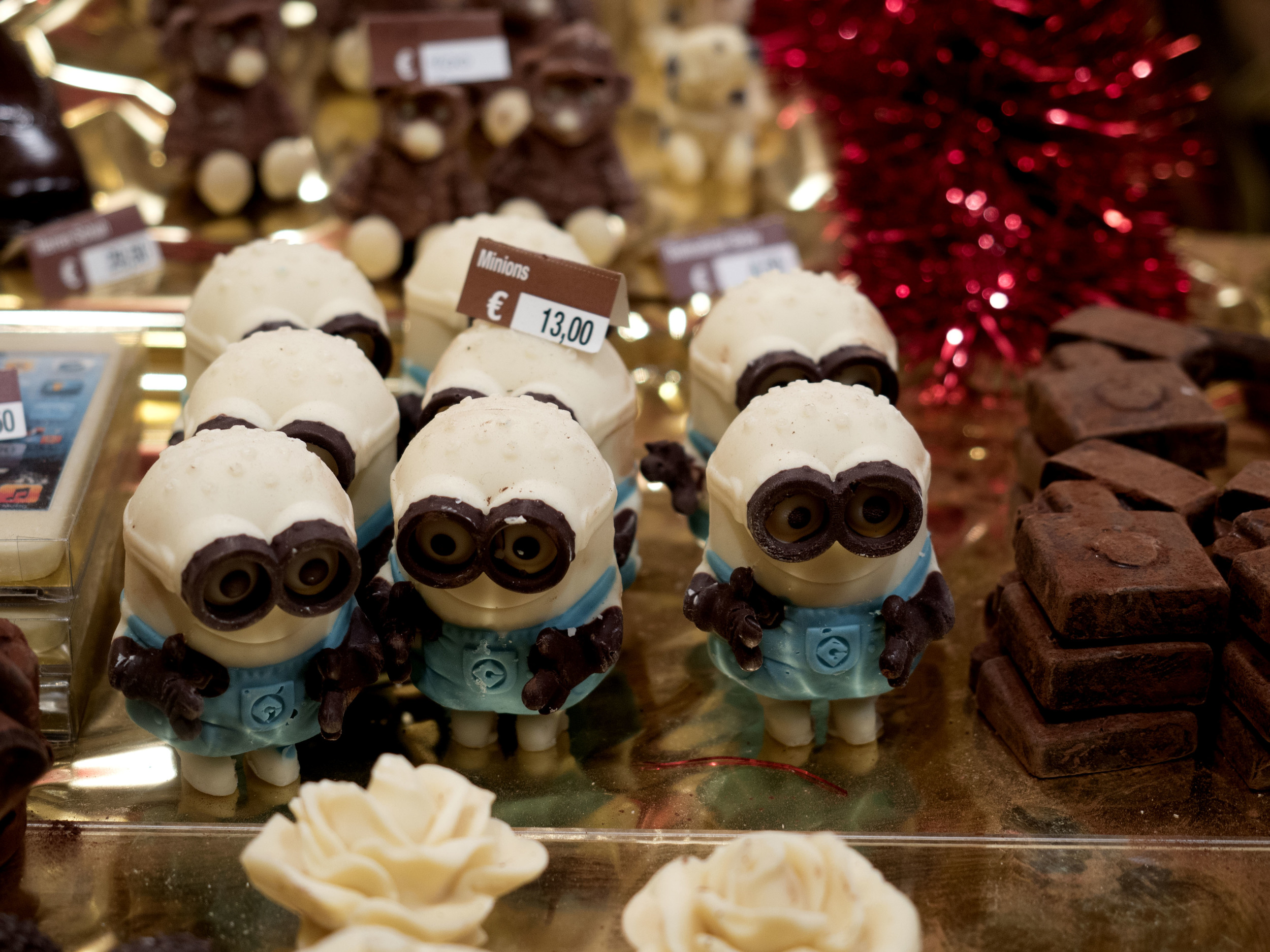
Some despicable characters right next to the tools. They look too cute to eat.
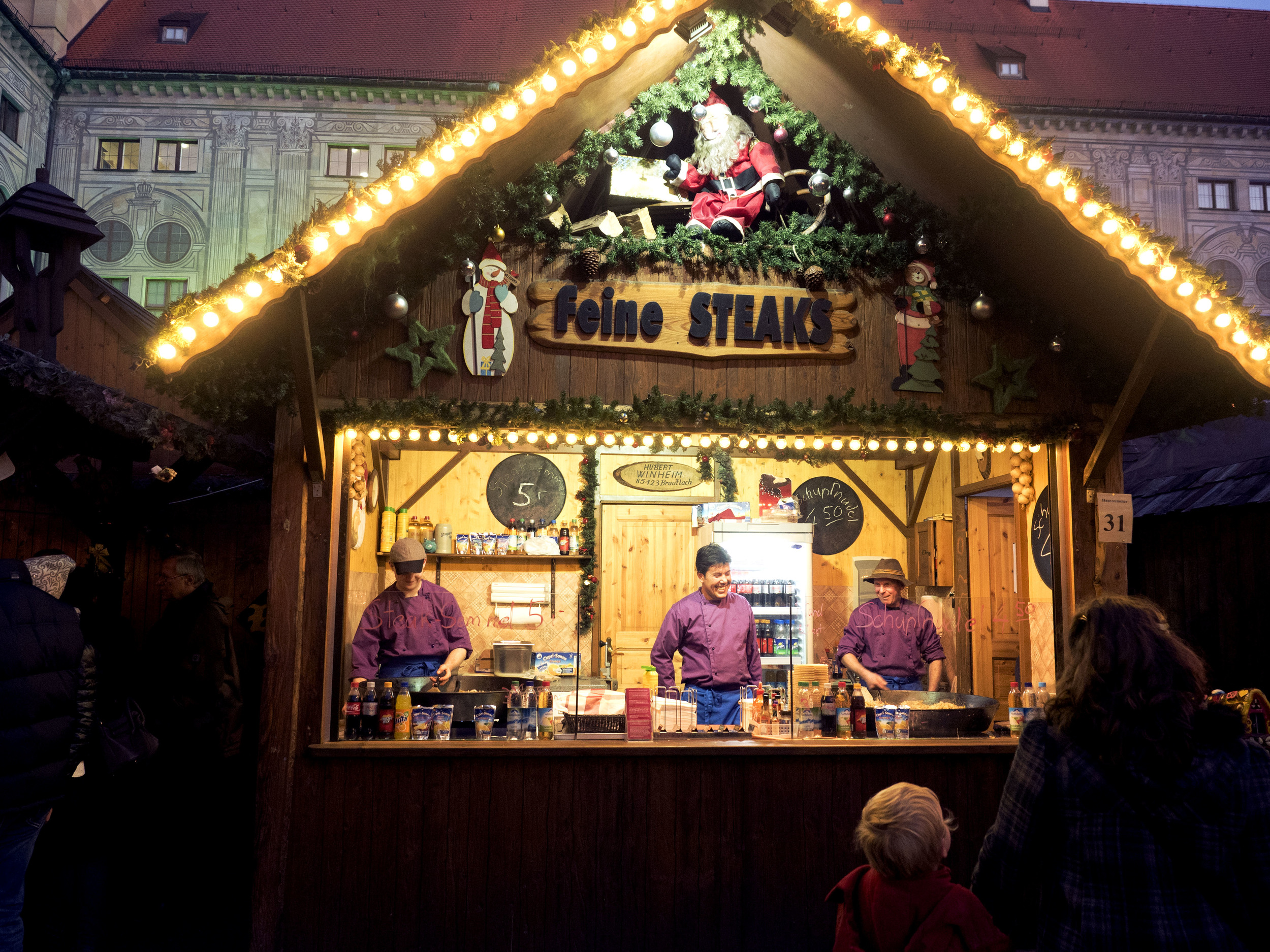
If you're feeling peckish you can grab a yummy steak . . . or keep wandering to find curry wurst, spiced candied nuts, hot pretzels, chocolate covered fruit, crepes, and other delectables.
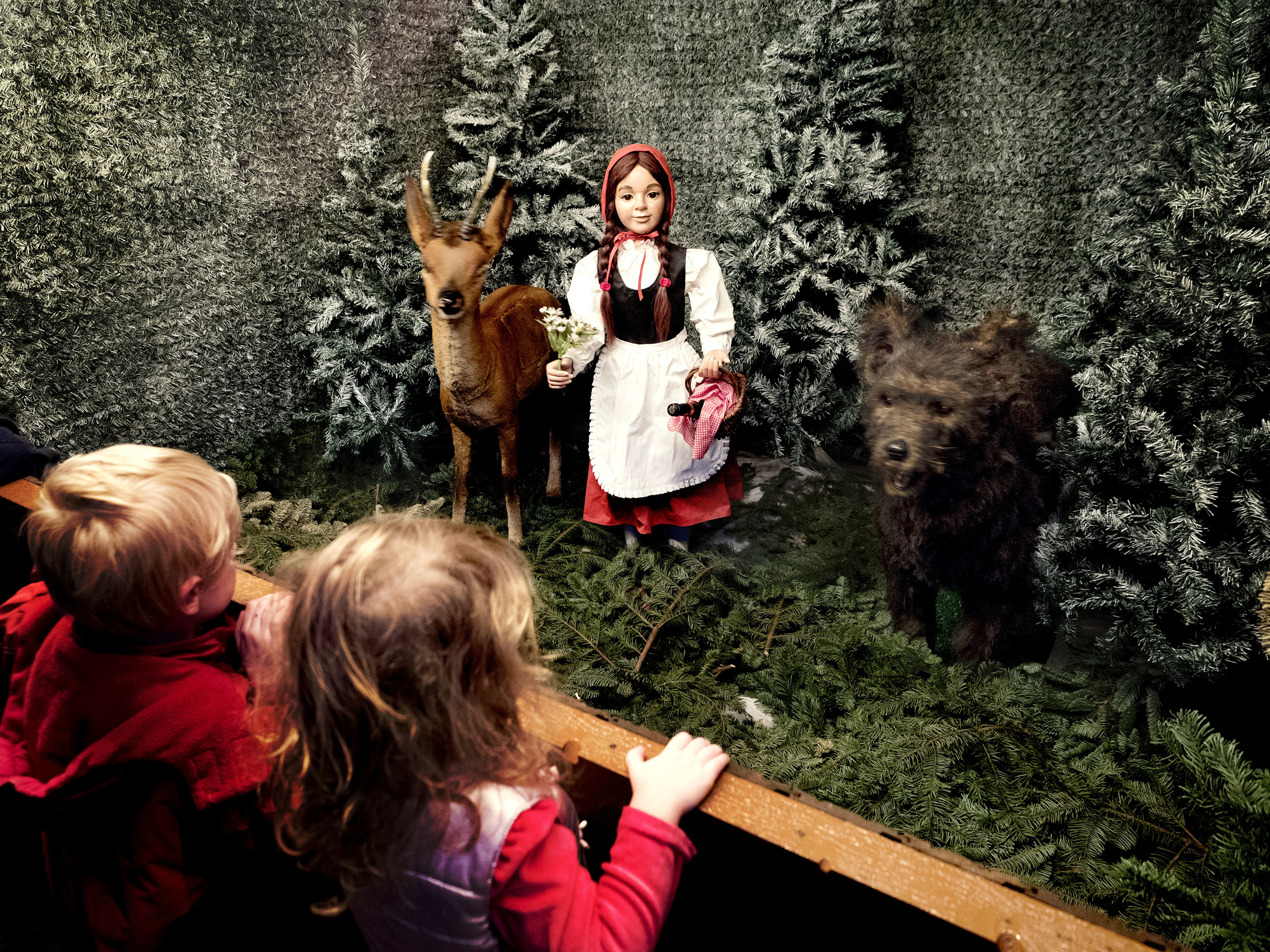
In one market they had a kids' section where classic fairy tales came to life. We were sure that Little Red Riding Hood would have a longer name in German, but -- believe it or not -- she's just Rotkäppchen.
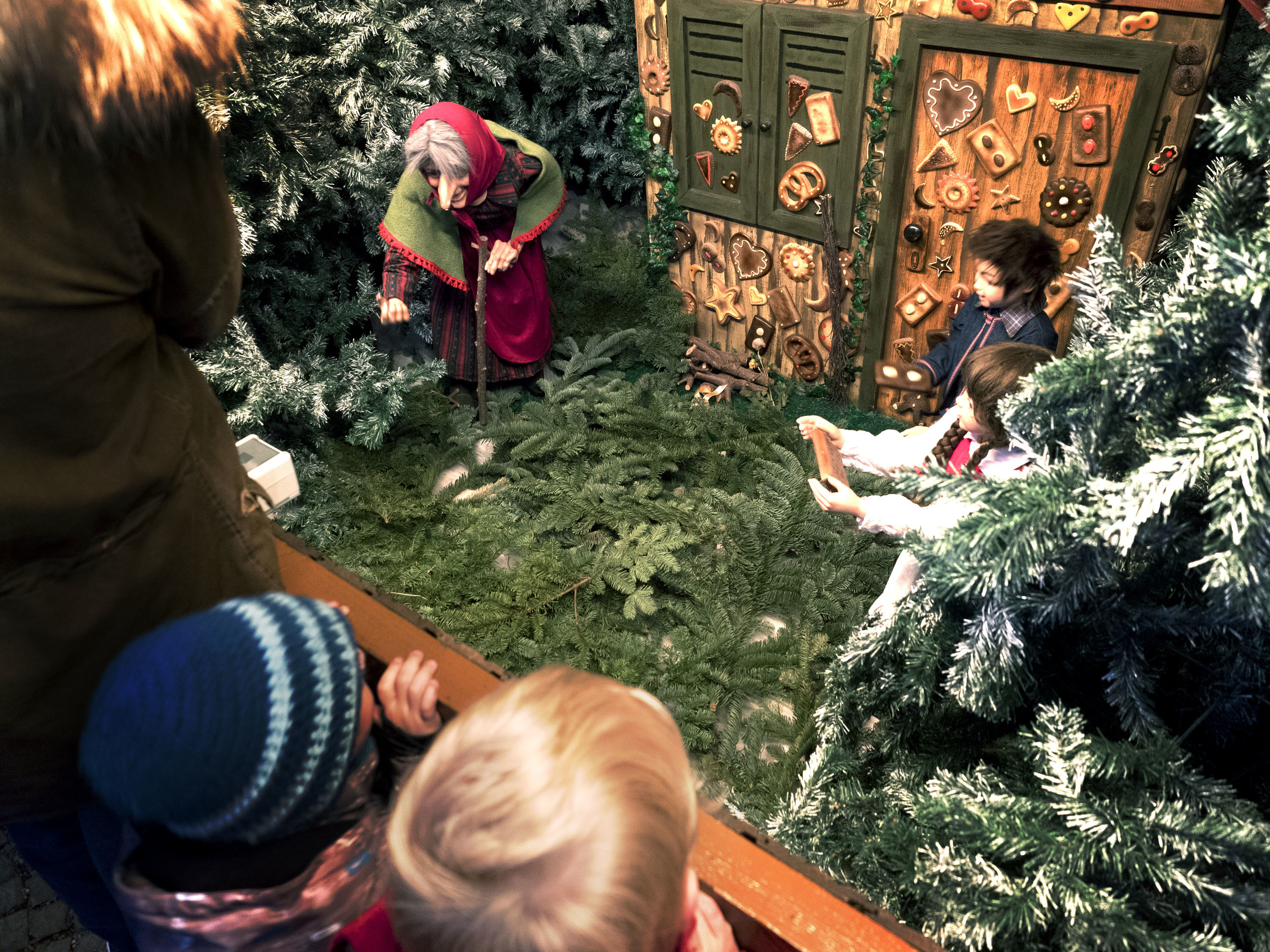
With all the other goodies available, it wasn't quite as tempting to eat the candy house from Hansel and Gretel.
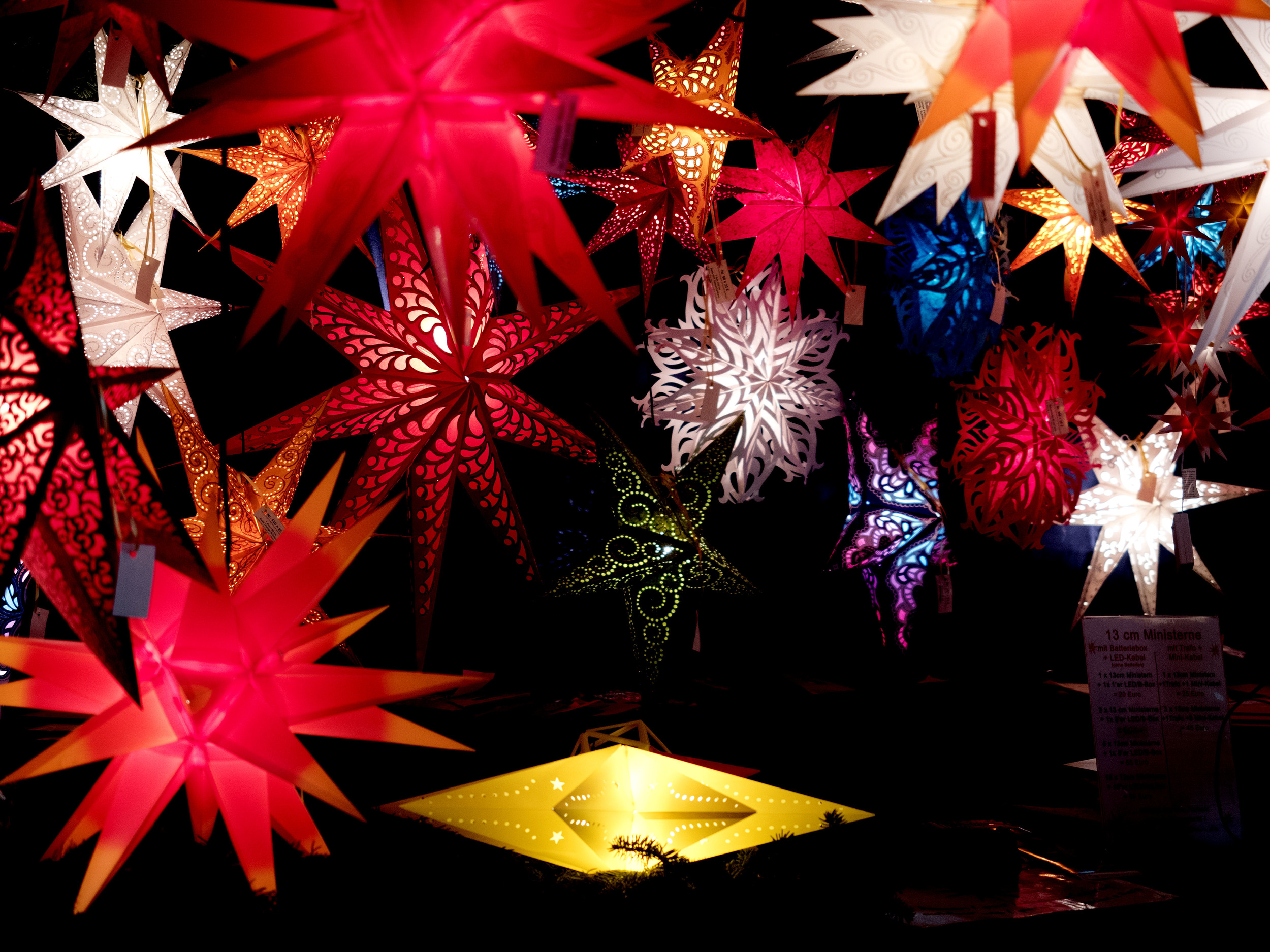
The Bethlehem star has many variations.
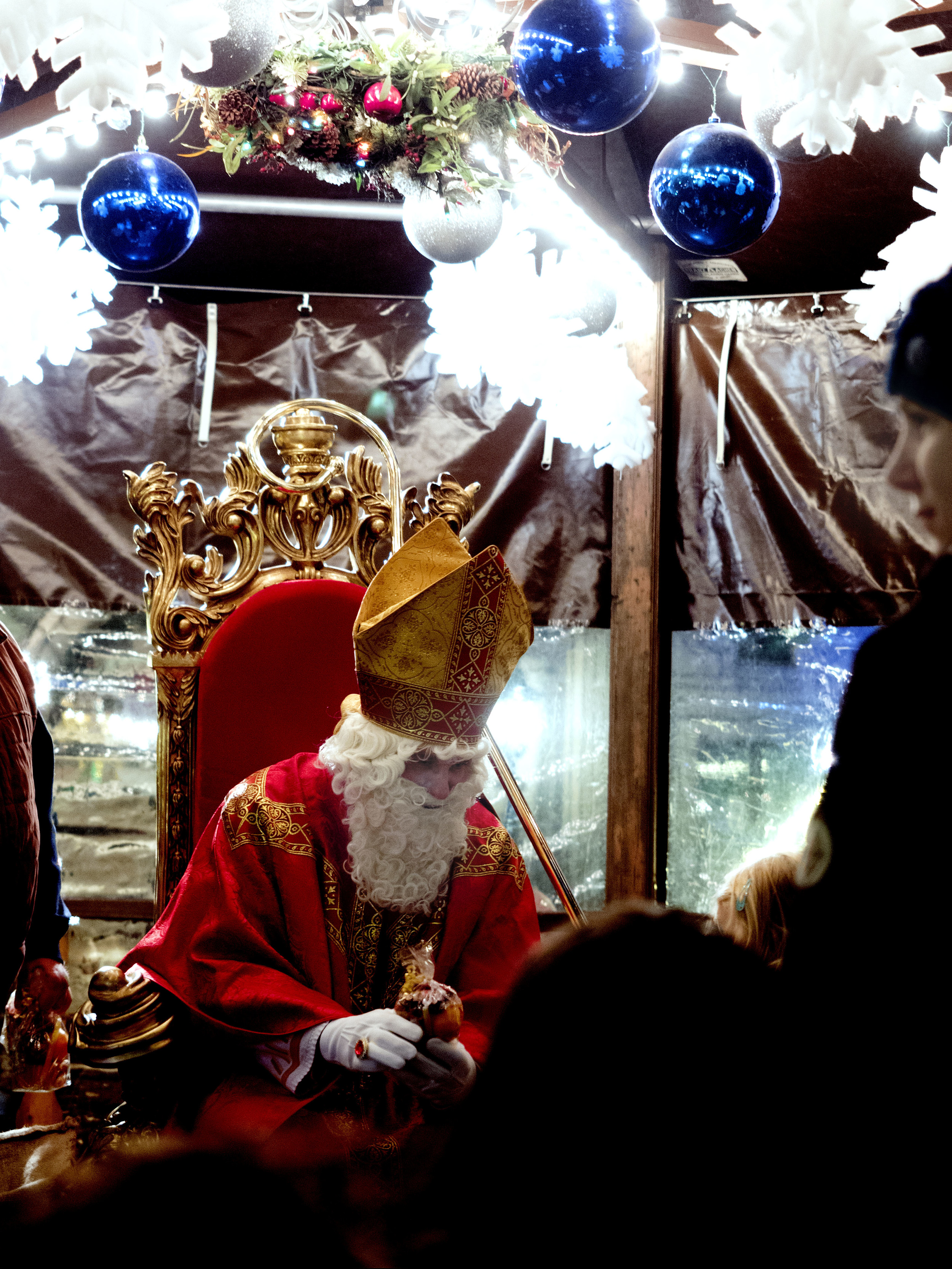
Dec. 6th was St. Nicholas day. He made a special visit to give candy, fruit, and nuts to the kids of Munich.
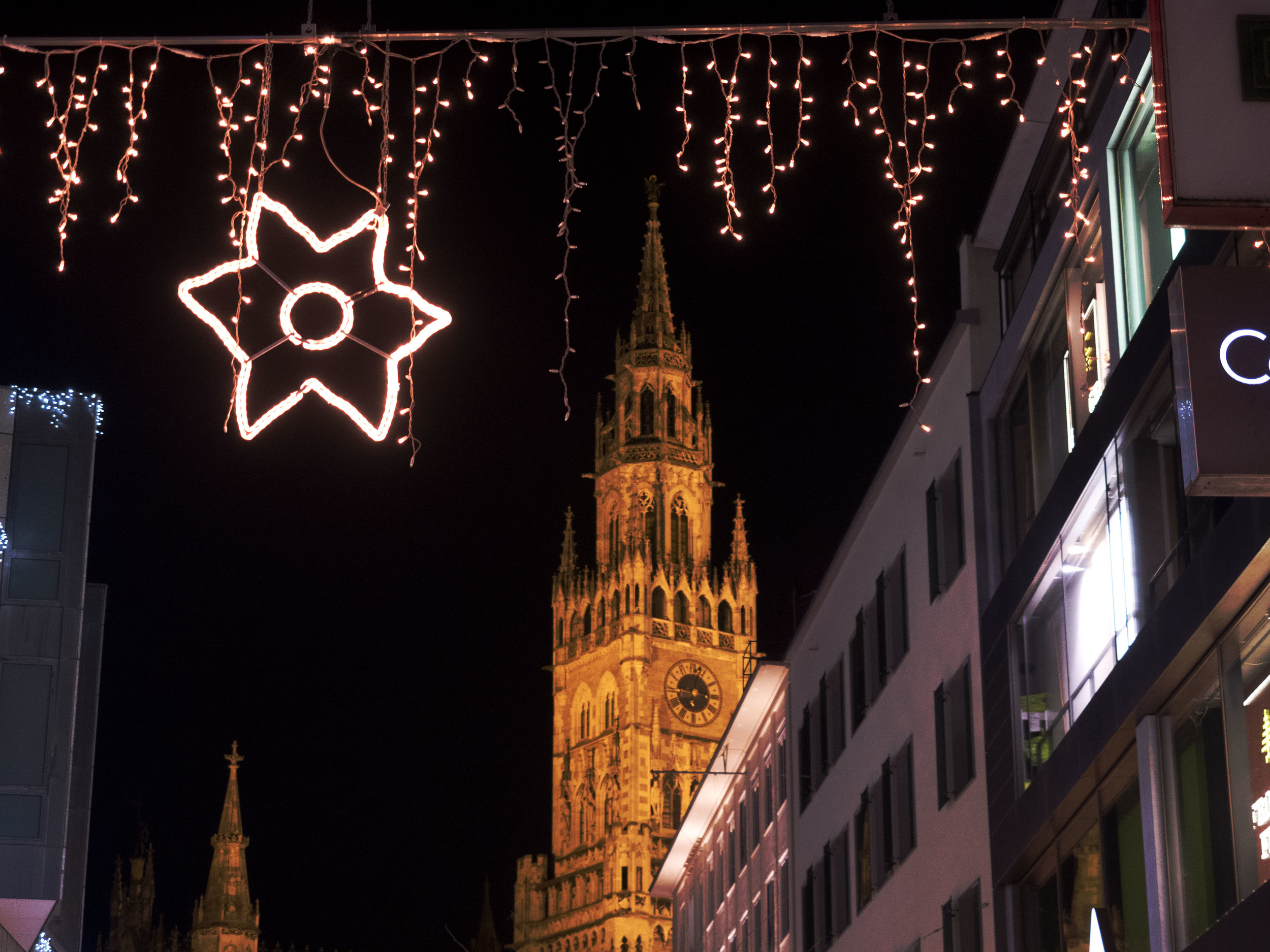
Silent night, all is calm, all is bright . . .














Out and about Munich
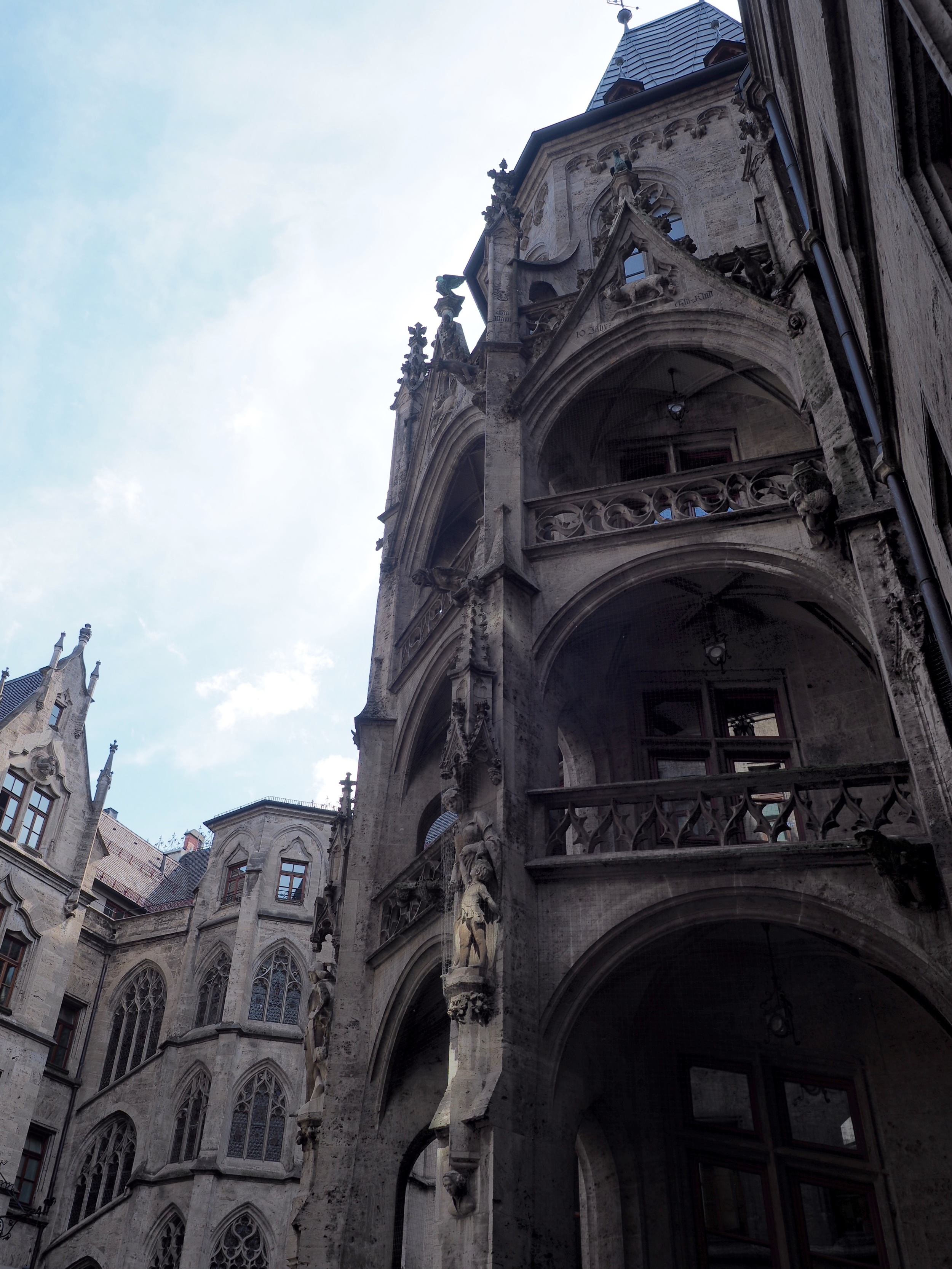
The courtyard of the "New" Town Hall, built 1867-1908

Our quiet picnic spot in the New Town Hall courtyard
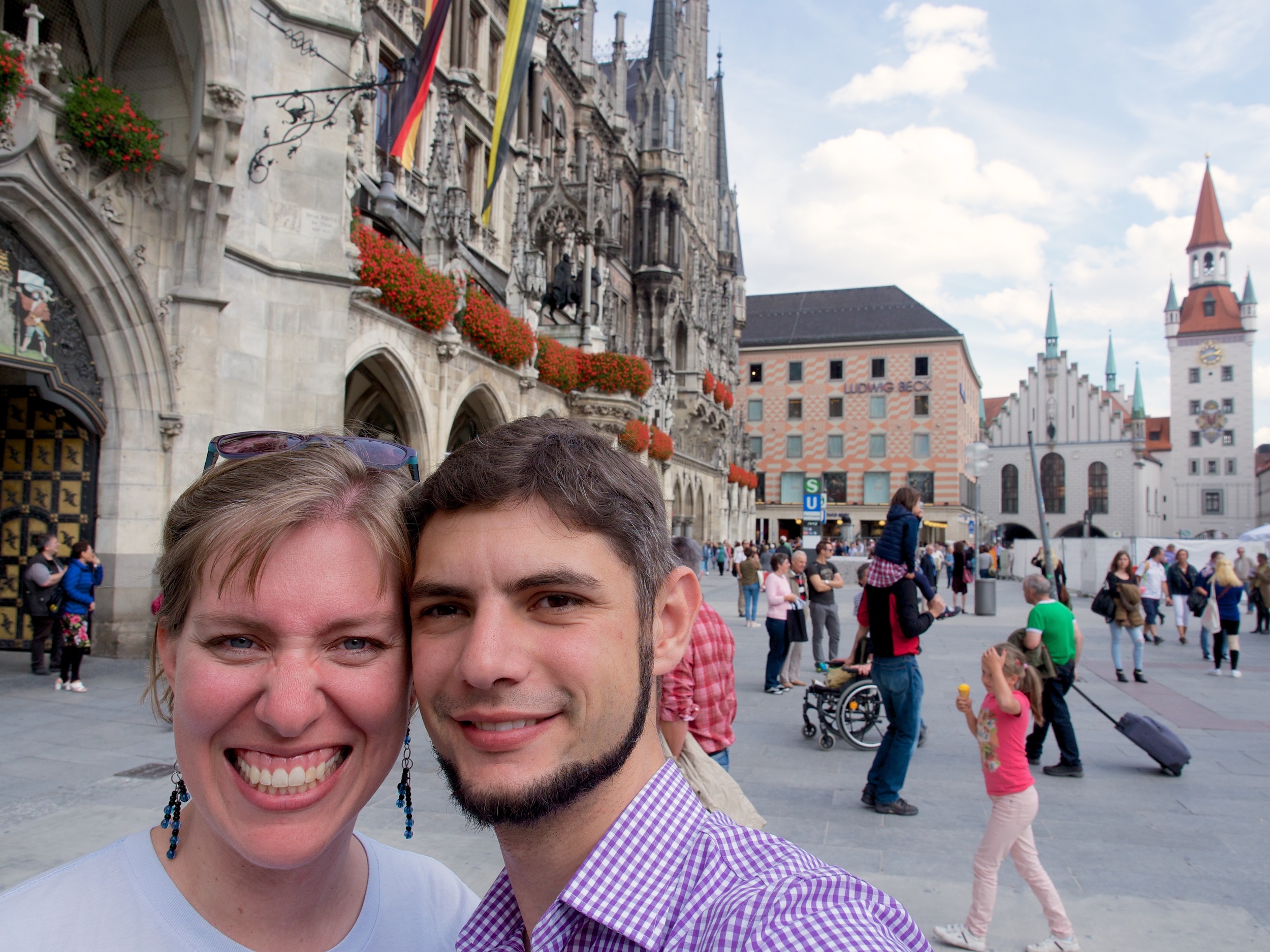
The front side of the New Town Hall, trying not to go deaf from the folk band playing in front of us
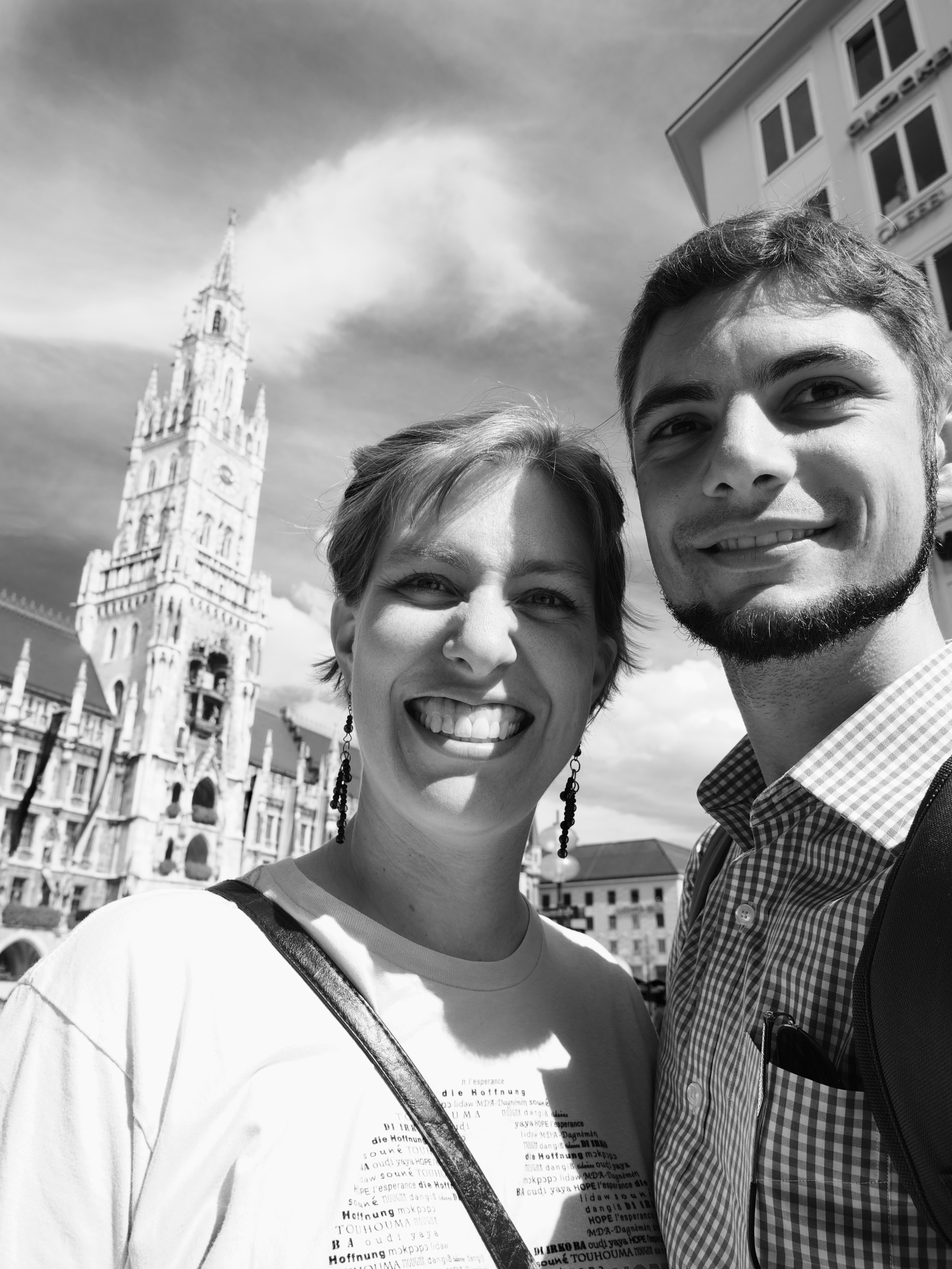
The Glockenspiel (clock tower) of the Neu Rathaus (New Town Hall).
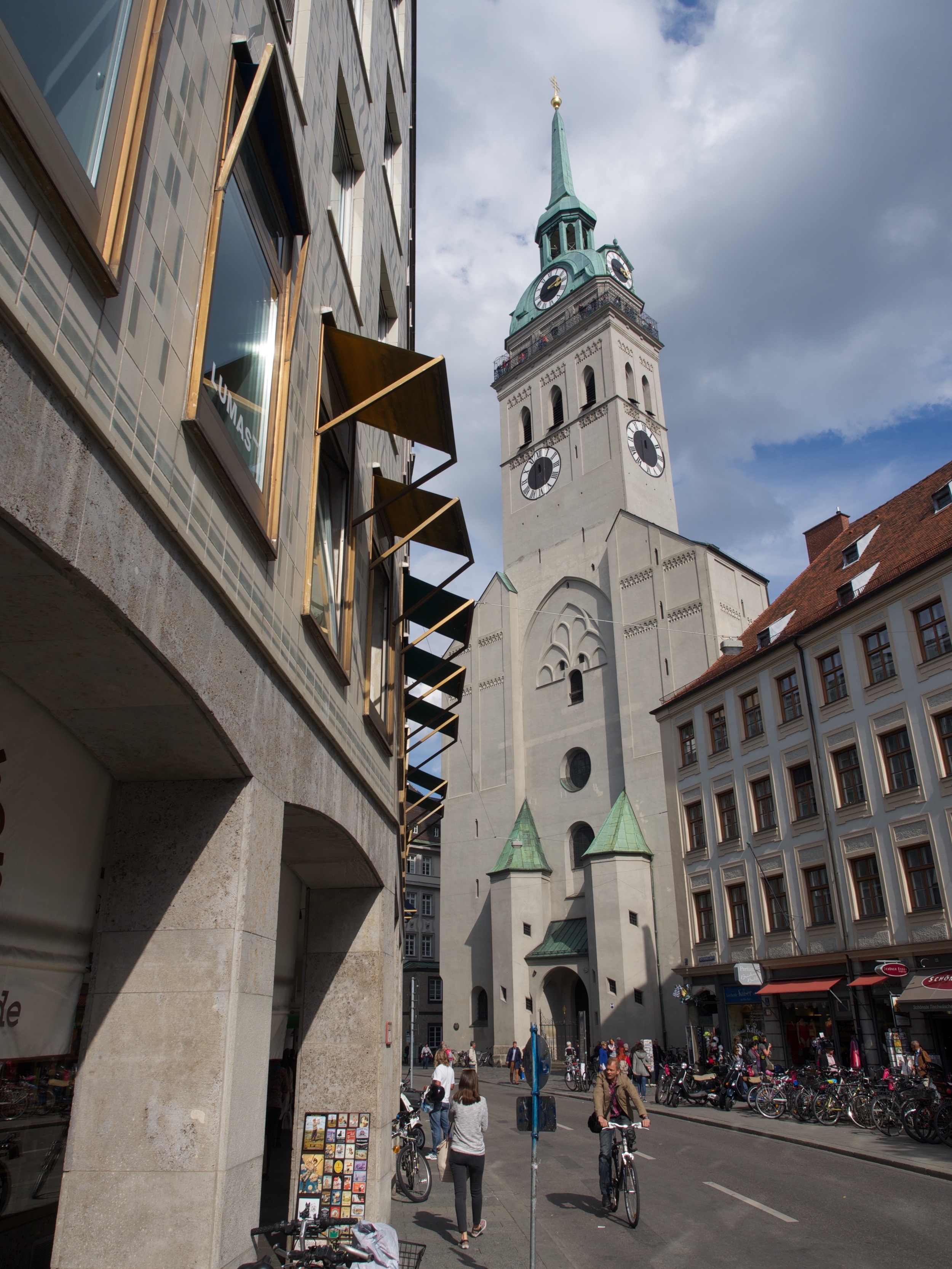
St. Peter's Church, the oldest church in the area, built in the late 1100's, with several later additions
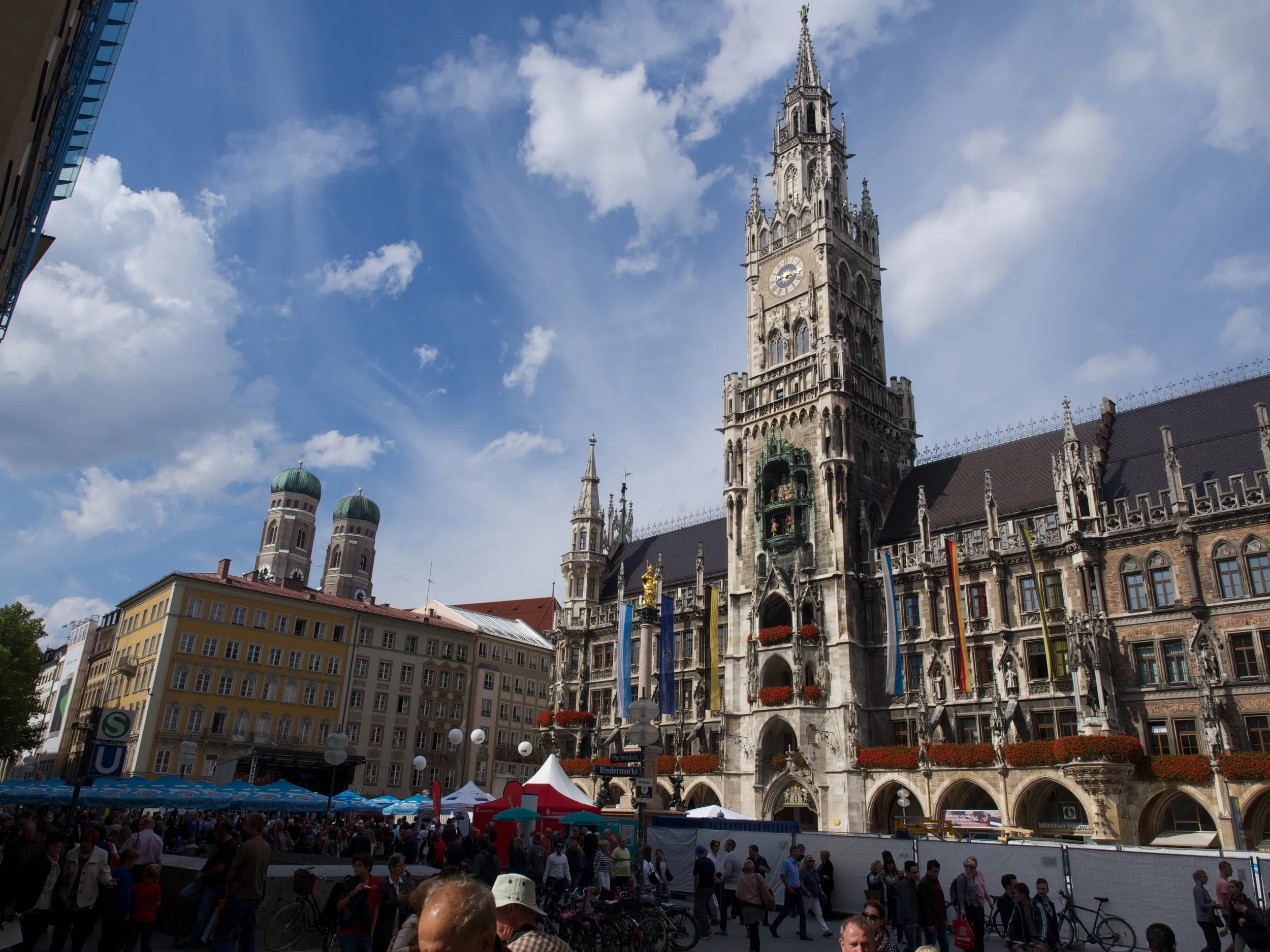
Our favorite pic (so far) of the Neu Rathuas & Glockenspiel
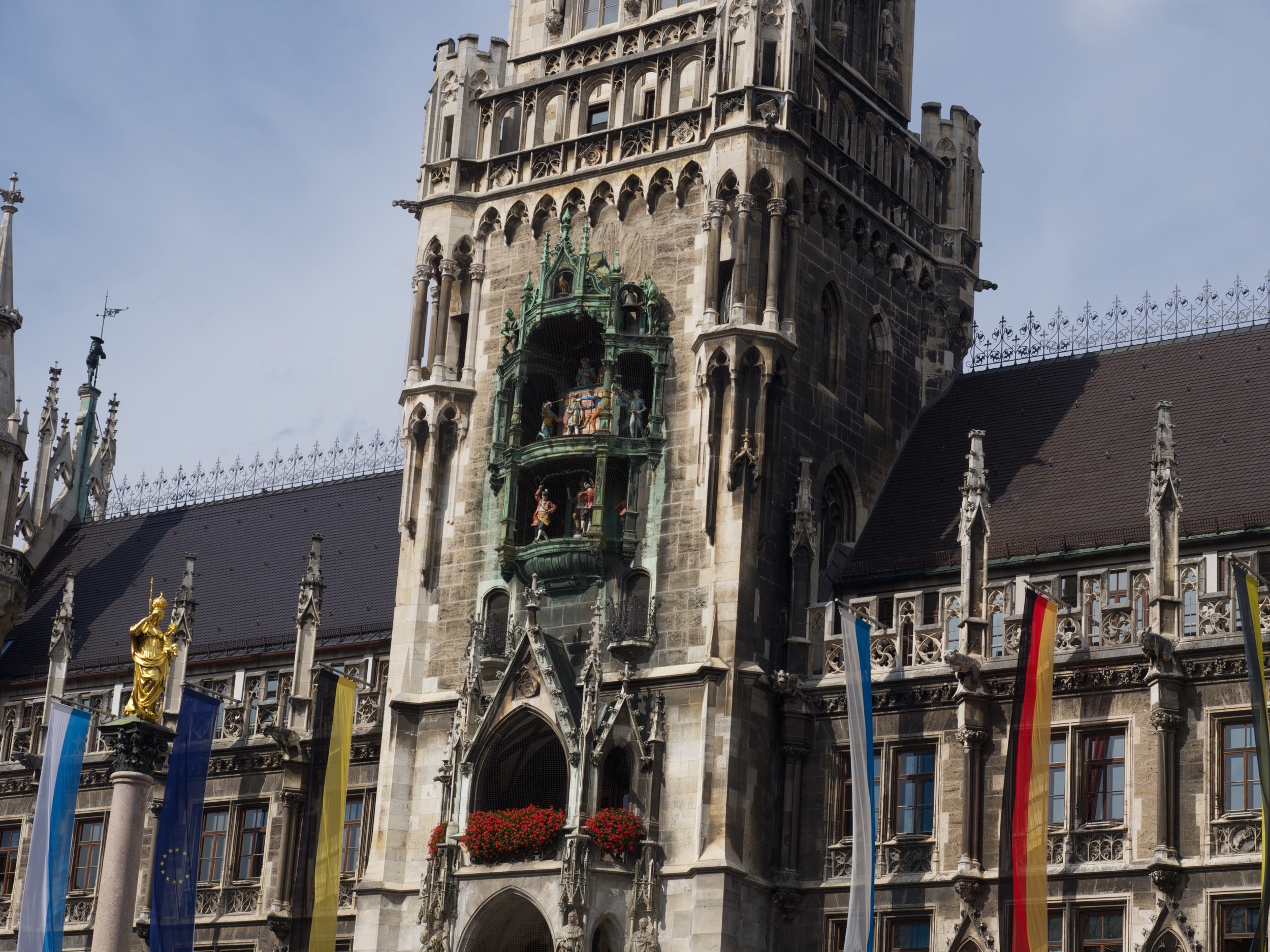
A close-up of the Glockenspiel, where colorful mechanical figures demonstrate two 16th-century events (a marriage and a plague).
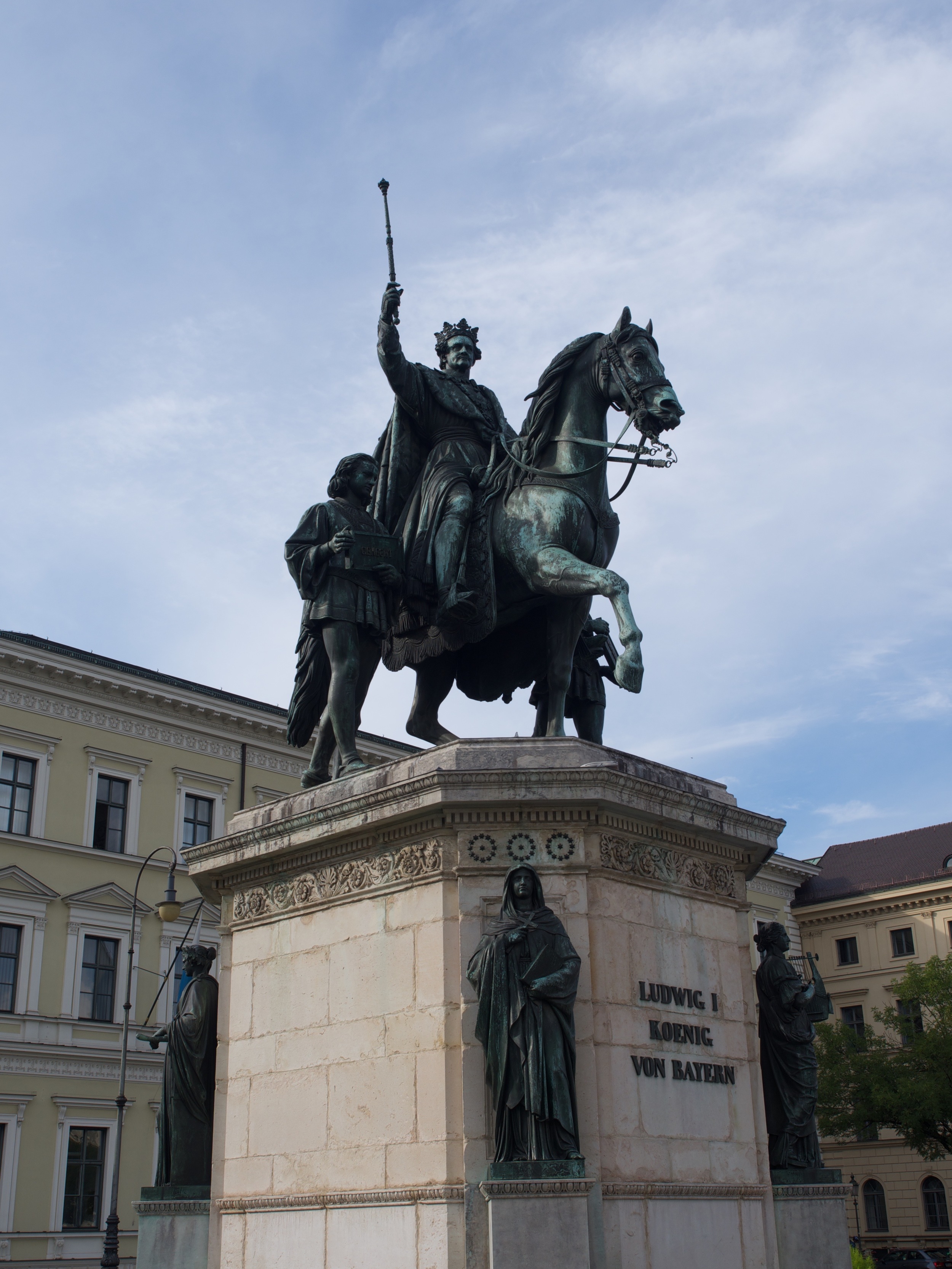
King Ludwig of Bavaria (r. 1825-1848), who moved Ludwig Maximilian University from Ingoldstadt to Munich in 1826.
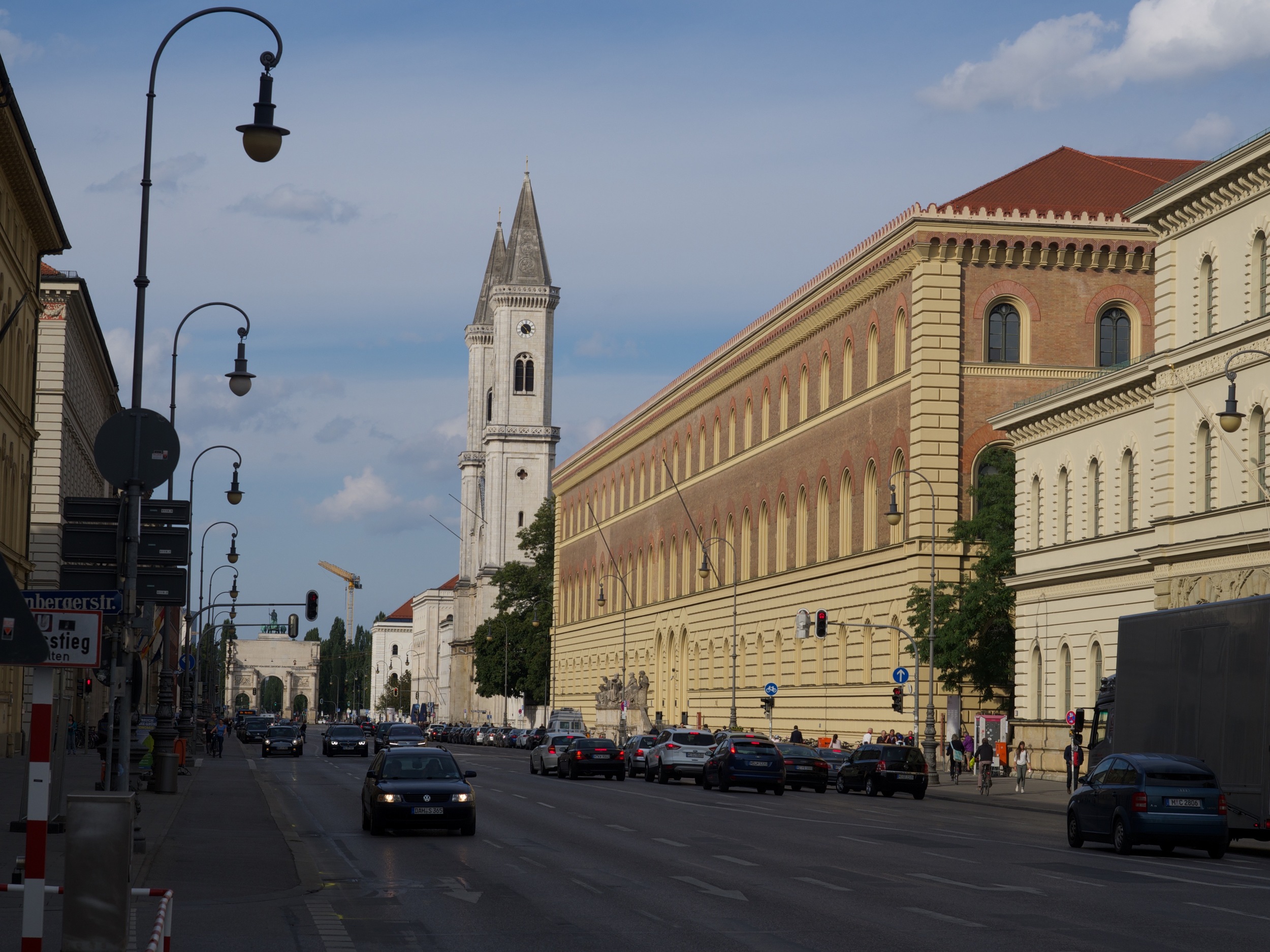
The main street running past the university toward Siegestor (Victory Gate). The Bavarian State Library (10 million+ volumes) and St. Ludwig's Church (1829) are visible here.

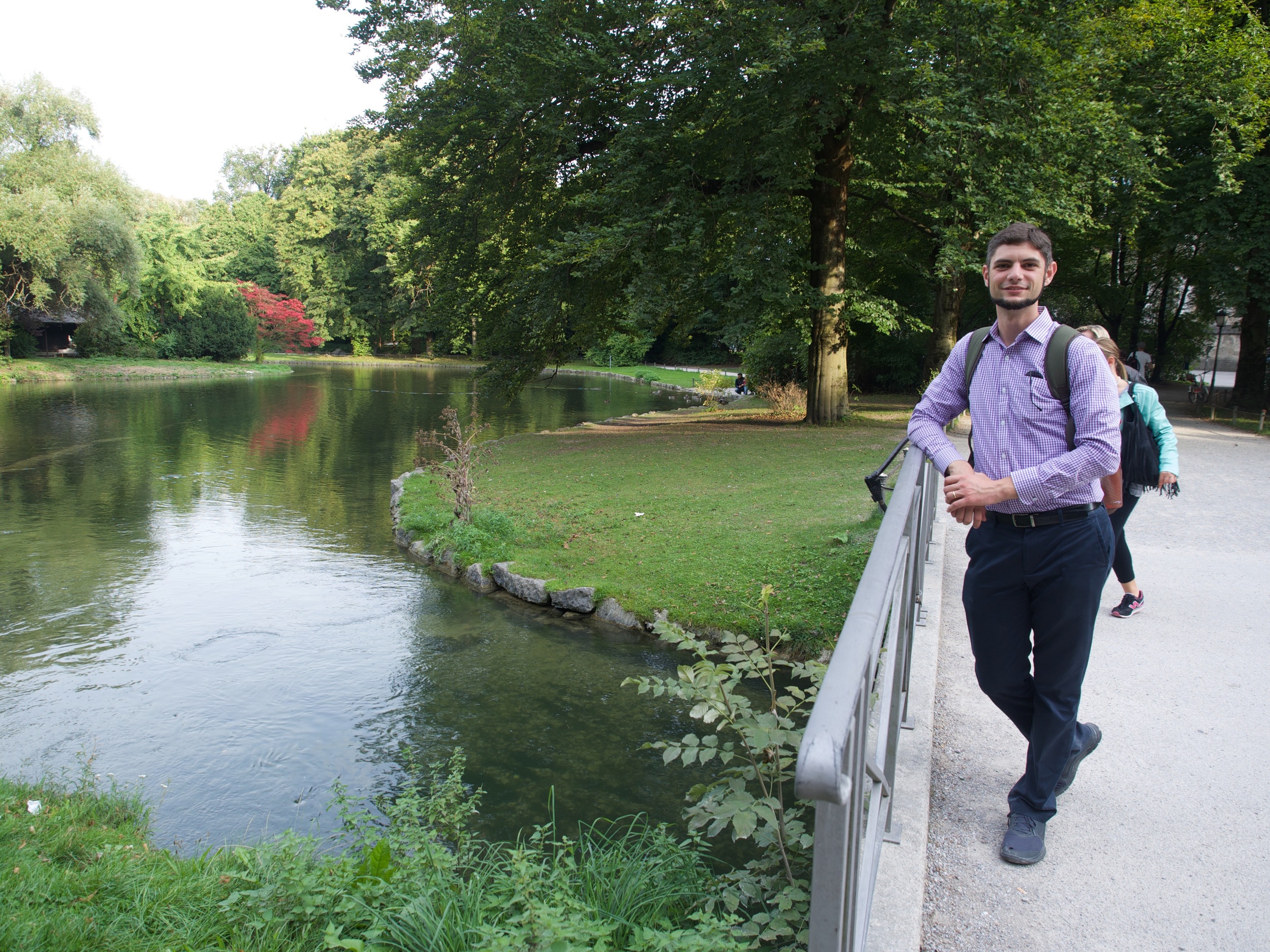
The Englischer Garten ("English Garden"), founded 1879 and covering more than 900 acres (almost 4 square km).
